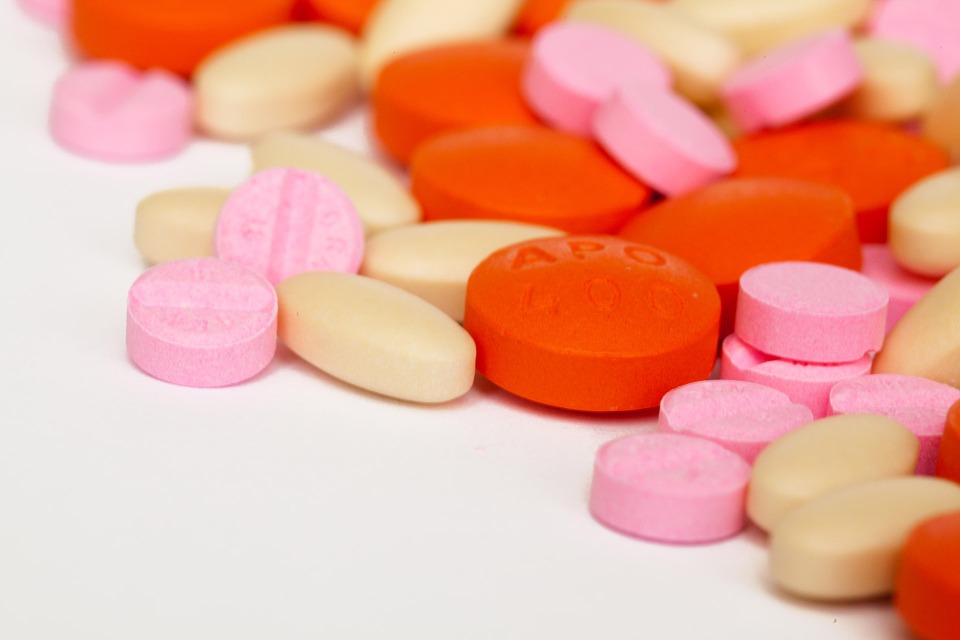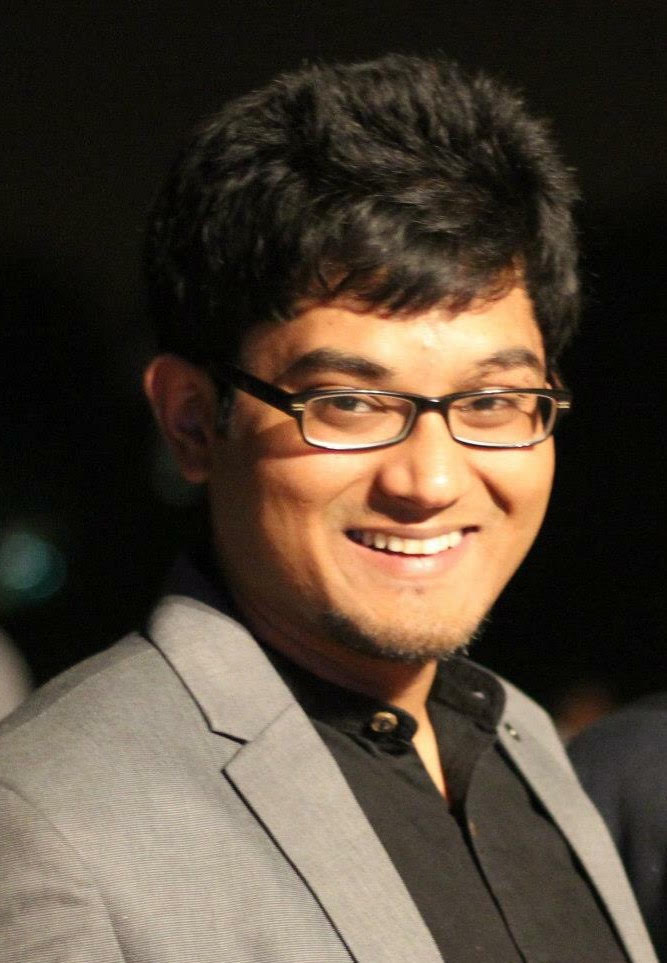The Gliptins: India Perspective
India has seen a significant surge of pharma patent litigations in the recent years. Apart from court battles, the number of contentious opposition proceedings before the Indian Patent Office (IPO) and patent revocation proceedings before the Intellectual Property Appellate Board (IPAB) has risen considerably. The generic drug manufacturing industry in India, estimated at approximately $27.9 billion, has shown a keen interest in the Gliptins – a new class of diabetes medication – still under patent protection – which function as dipeptidyl peptidase IV (DPP IV) enzyme inhibitors. The Gliptins have monopolized the spotlight for treatment of diabetes of late. The various Gliptins available in the market are listed under:
| GLIPTIN | YEAR OF APPROVAL | INNOVATOR |
| Sitagliptin | 2006 | Merck |
| Vildagliptin | 2007 | Novartis |
| Saxagliptin | 2009 | AstraZeneca |
| Linagliptin | 2011 | Eli Lilly & Boehringer Ingelheim |
| Anagliptin | 2012 | Kenkyusho Co. |
| Teneligliptin | 2012 | Mitsubishi Tanabe Pharma & Daiichi Sankyo |
| Alogliptin | 2013 | Takeda Pharmaceutical Co. |
| Gemigliptin | Under Development | LG Life Sciences |
| Dutogliptin | Under Development | Phenomix Corporation |
| Omarigliptin | 2015 | Merck & Co. |
The earliest controversy over Gliptins arose over patented drug Sitagliptin (marketed as Sitagliptin Phosphate Monohydrate) between Merck and Glenmark Pharmaceuticals. An injunction was refused at the preliminary stage. Following a trial which culminated swiftly in two years (in itself a first for patent suits in India) Glenmark was permanently restrained[1] from manufacturing a generic version of Sitagliptin during the term of its patent. .
Novartis, the Swiss drug manufacturer, has also been involved in a number of legal battles over its patented drug Vildagliptin. It has secured multiple pan-India ad-interim injunctions against generic drug manufacturers aiming to sell cheaper versions of the drug after obtaining manufacturing & marketing approvals from various State FDA’s.[2]
Saxagliptin & its Compulsory Licence Saga
In an order of January 19, 2016, the Controller of Patents of the Indian Patent Office rejected an application filed by Lee Pharma seeking a compulsory licence of Astra Zeneca’s drug Saxagliptin.
Section 84(1) of the Patents Act, 1970 (Act) mandates that an application seeking compulsory licence of a patent can be made to the Controller of Patents three years after the grant of a patent on the grounds that:
- Reasonable requirements of the public has not been met;
- Patented invention not available to the public at a reasonably affordable price;
- Patented invention not worked in the territory of India.
Section 84(6) further mandates that in granting a compulsory licence, the Controller shall take into account:
- Nature of invention, time elapsed since grant & measures taken by patentee to work the invention;
- Ability of the applicant of a compulsory licence to work the invention to the public advantage;
- Capacity of applicant to undertake risk in providing capital and working the invention;
- Whether reasonable efforts (for a period of six months) were made by the Applicant to seek a voluntary licence from the patentee.
History of Compulsory Licences in India
The first compulsory licence was granted[3] in 2012 to Natco Pharma for Sorafenib Tosylate, a drug for kidney and liver cancer patented by Bayer Corporation and marketed as ‘NEXAVAR’. A compulsory licence was granted on grounds that the drug was not reasonably priced, and that the invention was not being worked in India as there was no local manufacturer here. The working requirements were later set aside in an appeal by the IPAB and upheld by the Bombay High Court which held that import could amount to working of patents.
Since then, the IPO has been wary of granting licences unless the Applicant has made out a prima facie case and fully satisfied the conditions laid out in Section 84(vi). A subsequent application for Dasatinib of Bristol Myers Squib sought by BDR Pharmaceuticals was rejected as the applicant failed to make ‘reasonable efforts’ to seek a voluntary licence from the Patentee. It was observed by the IPO that in the process of negotiations, the applicant ought to have answered the queries raised by the patentee pertaining to the applicant’s capacity to manufacture the drug. The Applicant had chosen to ignore such queries and had instead approached the IPO for a compulsory licence.
Saxagliptin Compulsory Licence Rejection
On August 12, 2015, the IPO expressed a preliminary opinion[4] wherein it noted that a prima facie case was not made out by Lee Pharma:
- Lee Pharma had failed to establish that the reasonable requirement of the public qua DPP IV amelioration was not being met, since there were other DPP-IV inhibitors also available in the market besides Saxagliptin;
- Lee Pharma had failed to establish that the patented invention was not being made available to the public at a reasonable affordable price, since compared to other available brands, Saxagliptin was competitively priced. Additionally, Lee Pharma’s drug was cheaper by only9/tablet;
- The IPO did not find merit in the contention that the invention was not being worked in India, as the drug was being imported into India.
In the January 19 order, the Controller reiterated[5] the objections raised in the preliminary opinion of August 12. The Controller noted that Lee Pharma had miserably failed to establish grounds (i) and (ii) of Section 84(1). On ground (iii), the Controller observed that the question of deciding (iii) would only arise when (i) and (ii) were satisfied. More so, the Patentee had satisfied the working requirement by submitting to the IPO information pertaining working by import in terms of quantity imported and amount of the same during Form 27 submission under Section 146 (2) of the Act on working of patents.
ABOUT THE AUTHOR
Sanuj Das is an Associate with Subramaniam & Associates (SNA), a leading full service Intellectual Property Rights firm in India. Sanuj specializes in pharmaceutical patent litigations. He also handles Patent revocation proceedings before the Appellate Board along with Trademark & Design opposition and litigation proceedings. He has worked with a diverse array of clients, including professionals and scientists from the telecommunication, pharmaceutical, FMCG and apparels sectors. In addition to a bachelor’s degree in Law, Sanuj also holds a bachelor’s and master’s degrees in Pharmacy, with a specialisation in Pharmaceutics.
Prior to working with SNA, he has worked with Lakshmikumaran & Sridharan Attorneys – a Tax, Competition and IP firm, as well as with Inttl Advocare, a boutique IP Law firm in New Delhi.
Before joining the legal profession, Sanuj worked with major pharmaceutical companies on novel drug delivery systems involving nanoparticles. He also has publications in peer-reviewed scientific journals.
[1] http://lobis.nic.in/ddir/dhc/AKP/judgement/07-10-2015/AKP07102015S5862013.pdf
[2] Note: The author was involved in some of the ongoing patent litigations for Novartis qua Vildagliptin in the past. No statement herein should be construed to be information relating to such ongoing suits. The views expressed herein are purely the author’s own and not motivated by extraneous factors.
[3] http://www.ipindia.nic.in/iponew/compulsory_license_12032012.pdf
[4]https://ipindiaonline.gov.in/patentsearch/GrantedSearch/pdfviewer.aspx?AppNo=Tk9USUMwMDAxLTEyLUFVR1VTVC0yMDE1LnBkZg==
[5] http://www.ipindia.nic.in/iponew/compulsoryLicense_Application_20January2016.pdf
 Serato DJ Crack 2025Serato DJ PRO Crack
Serato DJ Crack 2025Serato DJ PRO Crack












 Allow notifications
Allow notifications



